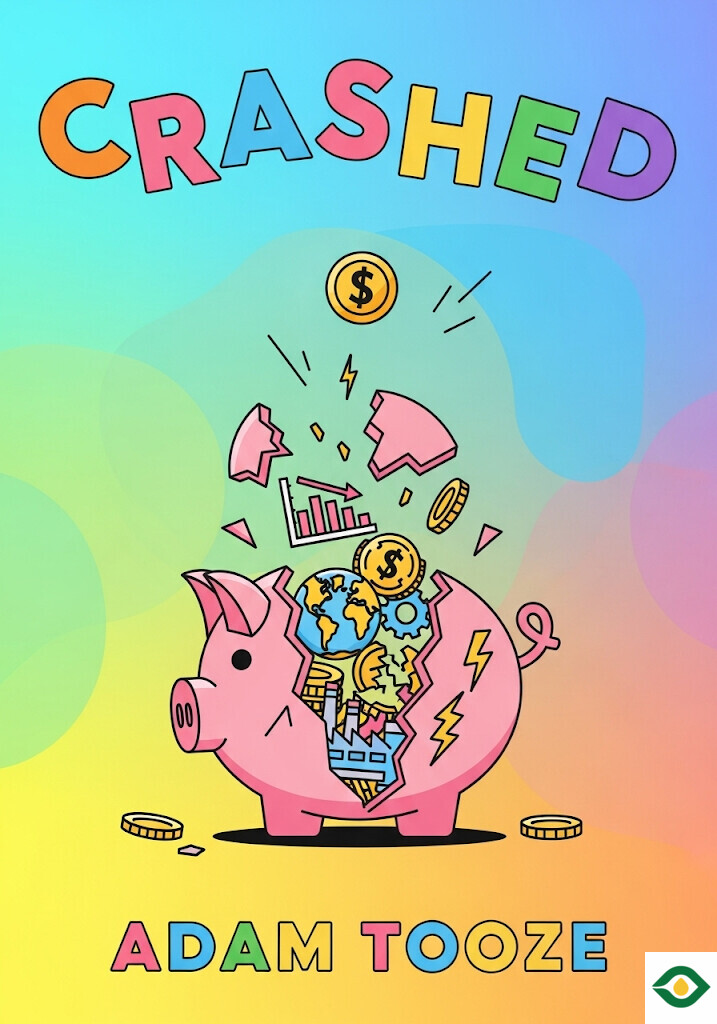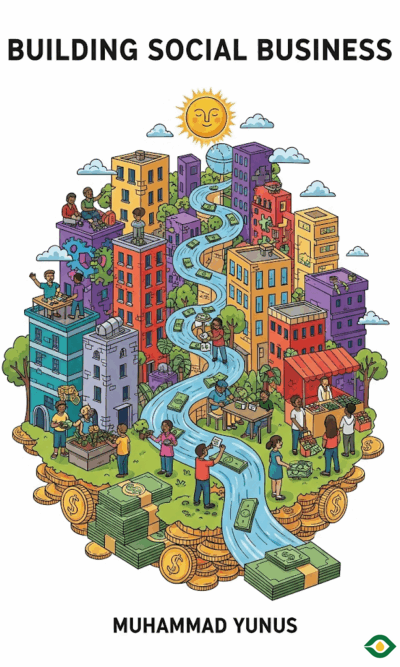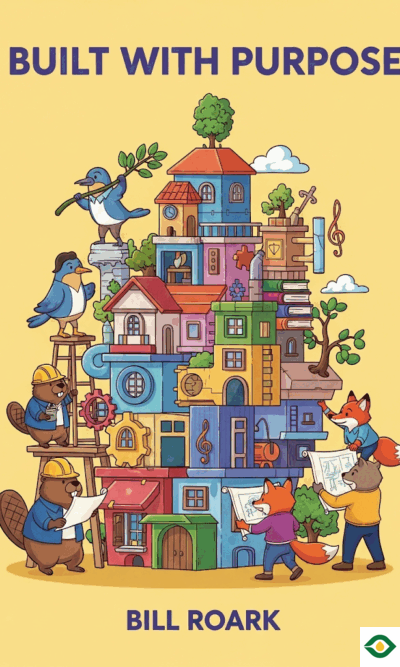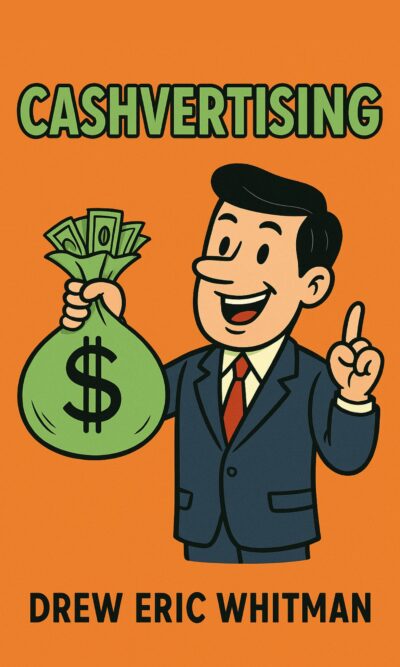Description
The financial crisis of 2008 was one of the most shocking events of modern history. It started as a housing problem in the United States but soon grew into a global storm that touched almost every part of the world. Millions of people lost homes, jobs, and savings. Governments scrambled to save banks. The aftershocks didn’t stop at economics—they spread into politics, fueling anger, mistrust, and division that we still see today.
The roots of the crisis were planted decades before. In the 1970s, the United States relaxed rules on lending, which made banking more profitable but also much riskier. Then, from the late 1990s to the mid-2000s, house prices in America nearly doubled. People felt richer, and demand for housing grew rapidly. Lenders saw an opportunity. They began offering mortgages to people who previously wouldn’t have qualified—borrowers with shaky finances. These were called “subprime” mortgages.
Banks didn’t stop there. They bundled thousands of these risky loans into financial products and sold them worldwide, calling them safe investments. On paper, it looked clever: if some people defaulted, others would still pay, spreading the risk. But this depended on one fragile assumption—that house prices would keep rising.
When the bubble burst in 2008, everything collapsed at once. Many homeowners couldn’t repay their loans. House values plummeted, leaving banks with worthless assets. The huge investment bank Lehman Brothers went bankrupt, triggering a global panic. The warning signs had been there. Years earlier, some economists had predicted that too much risk-taking would end badly, but their voices were ignored.
The trouble didn’t stay in America. European banks had also piled into the U.S. mortgage market. In fact, they held a quarter of all securitized American mortgages. Many European banks borrowed heavily to buy them, creating dangerous leverage. When the crash came, they were even more exposed than American banks. Some had borrowed forty times more money than they actually held. A small loss could wipe them out.
By late 2008, the financial system was on the edge of collapse. Trade between major economies dropped sharply, and unemployment soared. In the United States, nearly 800,000 people were losing jobs every month. The government stepped in aggressively. The Federal Reserve printed money on a massive scale, buying troubled assets and injecting trillions into the banking system. This emergency response was painful but effective in stabilizing the situation.
Europe, however, stumbled. Countries in the Eurozone used a shared currency but had no shared crisis plan. Germany, the strongest economy in the group, resisted helping weaker members like Greece and Ireland. Each country was told to handle its problems alone. That made things worse. Ireland’s banks had debts far larger than the nation’s economy. Greece was drowning in deficits. When these countries could not pay their bills, outside help became unavoidable.
That’s when the International Monetary Fund stepped in, together with European institutions. Bailouts were offered—but with harsh conditions. Countries had to slash spending, raise taxes, and impose strict austerity. In Greece, retirement ages rose, public sector jobs were cut, and wages fell. These measures avoided total collapse, but they also caused years of suffering and political unrest.
The crisis also reshaped global politics. In Eastern Europe, economic weakness left countries vulnerable. Russia saw an opportunity to extend influence, especially in Ukraine. When Ukraine leaned toward the West, Russia reacted aggressively, eventually annexing Crimea in 2014. The seeds of today’s ongoing conflict can be traced to this period of instability.
Meanwhile, the United Kingdom faced its own turmoil. London had been the world’s financial capital, thriving on global currency trade and light regulation. The crash damaged this reputation. Two major British banks had to be rescued, and confidence in the City of London faded. Later, political tensions over Europe and immigration grew stronger, leading to the Brexit vote in 2016. Originally, the referendum was a political gamble meant to ease anti-EU pressure, but it ended with the UK leaving the European Union altogether.
In the United States, anger at how the crisis was handled transformed politics too. Ordinary people watched as banks were bailed out, executives kept their bonuses, and those responsible faced few consequences. At the same time, millions of families lost homes and jobs. Many felt the system was “rigged” for the wealthy. Movements on both left and right gained momentum.
On the left, activists rallied against Wall Street, accusing it of hoarding wealth and buying political power. On the right, voices claimed ordinary Americans had been betrayed by elites and global institutions. The traditional political center lost credibility.
This frustration boiled over in the 2016 election. Candidates like Bernie Sanders and Donald Trump tapped into the anger of voters who had lost faith in the system. Trump’s victory, in particular, showed how deeply the crisis had reshaped public attitudes. A decade earlier, he might have seemed like an outsider with little chance. But in 2016, millions of disillusioned Americans saw him as a voice against the establishment.
The legacy of the crash continues today. Inequality widened. Trust in institutions eroded. Politics became more polarized, not just in the United States but across Europe and beyond. Even international conflicts, like those involving Russia and Ukraine, were influenced by the vulnerabilities revealed during this period.
Looking back, the 2008 crisis was more than a financial collapse. It was a turning point that changed how people view governments, banks, and globalization itself. It showed that unchecked risk-taking by financial institutions can threaten entire nations. It also proved that when ordinary people feel abandoned while elites are protected, political consequences follow quickly.
We are still living in the shadow of that collapse. From Brexit to rising populism, from deep mistrust of financial systems to ongoing debates about inequality, the aftershocks have not ended. The story of 2008 is not just about the past—it continues to shape the choices we face today.





